Quilting the Quilt: Everybody clap your hands
It’s time for a big celebration in the quilting world—high fives around the guild, please! For the first time in years, according to the Quilting in America 2017 Survey, the average age of a “dedicated quilter” has dropped one full year from 64 to 63 years old!
What’s the big deal, you say? That small change is a huge victory for quilters who have worried about the future of quilting as a hobby, profession and art. For the past decade, that average age has crept up from 62 to 64 years old, implying that as baby boomers age, the quilting hobby is aging with them. The fear that quilting will die off with the baby boomer generation has challenged many guilds, shops, teachers and product companies to appeal to a younger generation to keep the art alive. It’s working!
Of course, a pessimist could argue that the dedicated quilter’s average age has changed because older quilters either didn’t respond to the survey or have died, skewing the number. But I prefer to believe the change is the result of new, younger quilters joining the ranks. The Modern Quilt Guild has had a major role in this movement. Started in Los Angeles in 2009, in less than a decade the guild has helped hundreds of regional and local guilds blossom. While quilters of every age can be found in the Modern Quilt Guild, it has strong appeal to younger quilters who are attracted to the bold colors, graphic minimalistic design, improvisation and functionality that modern quilts embrace. Its annual QuiltCon show attracts young and old alike.
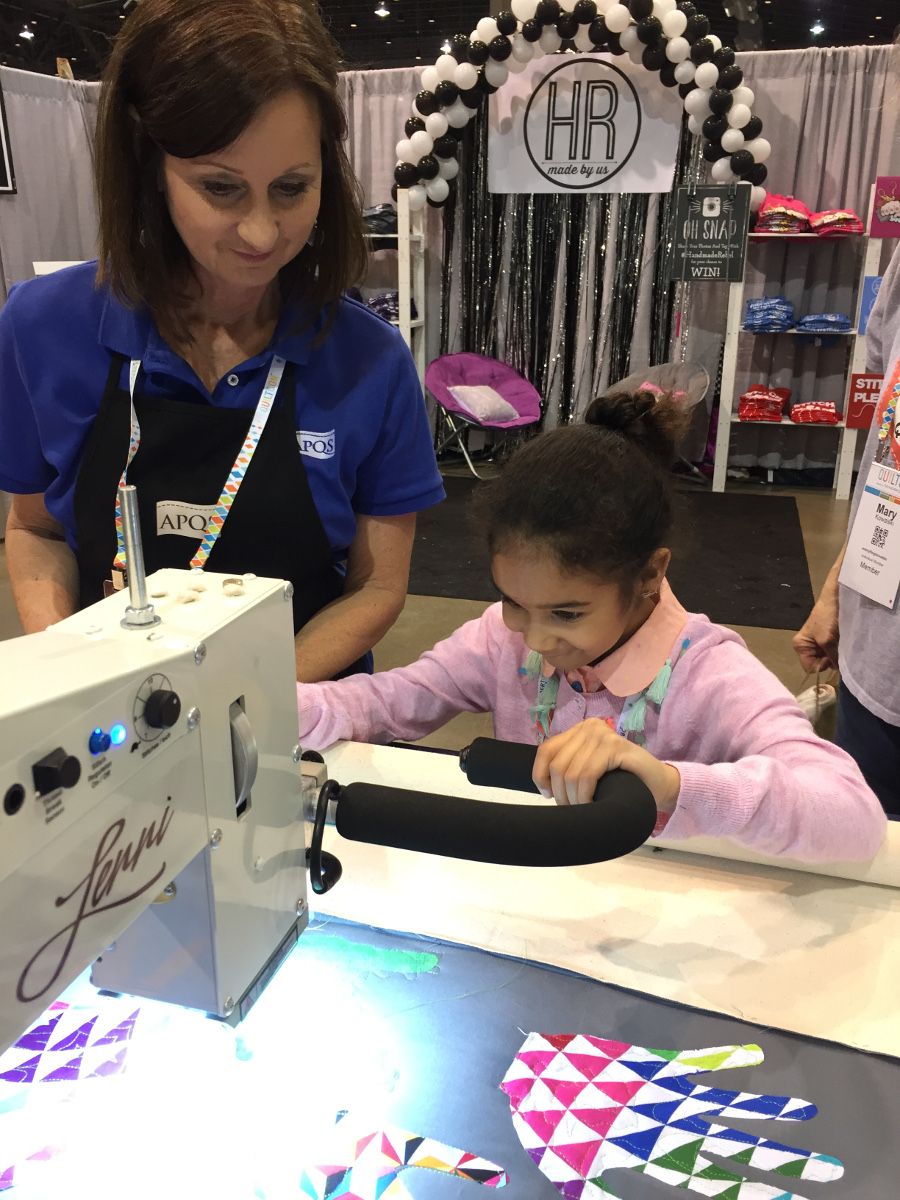
Social media has profoundly influenced younger quilters who have grown up with Facebook, Instagram and Twitter, whereas baby boomers are playing catch-up with technology.
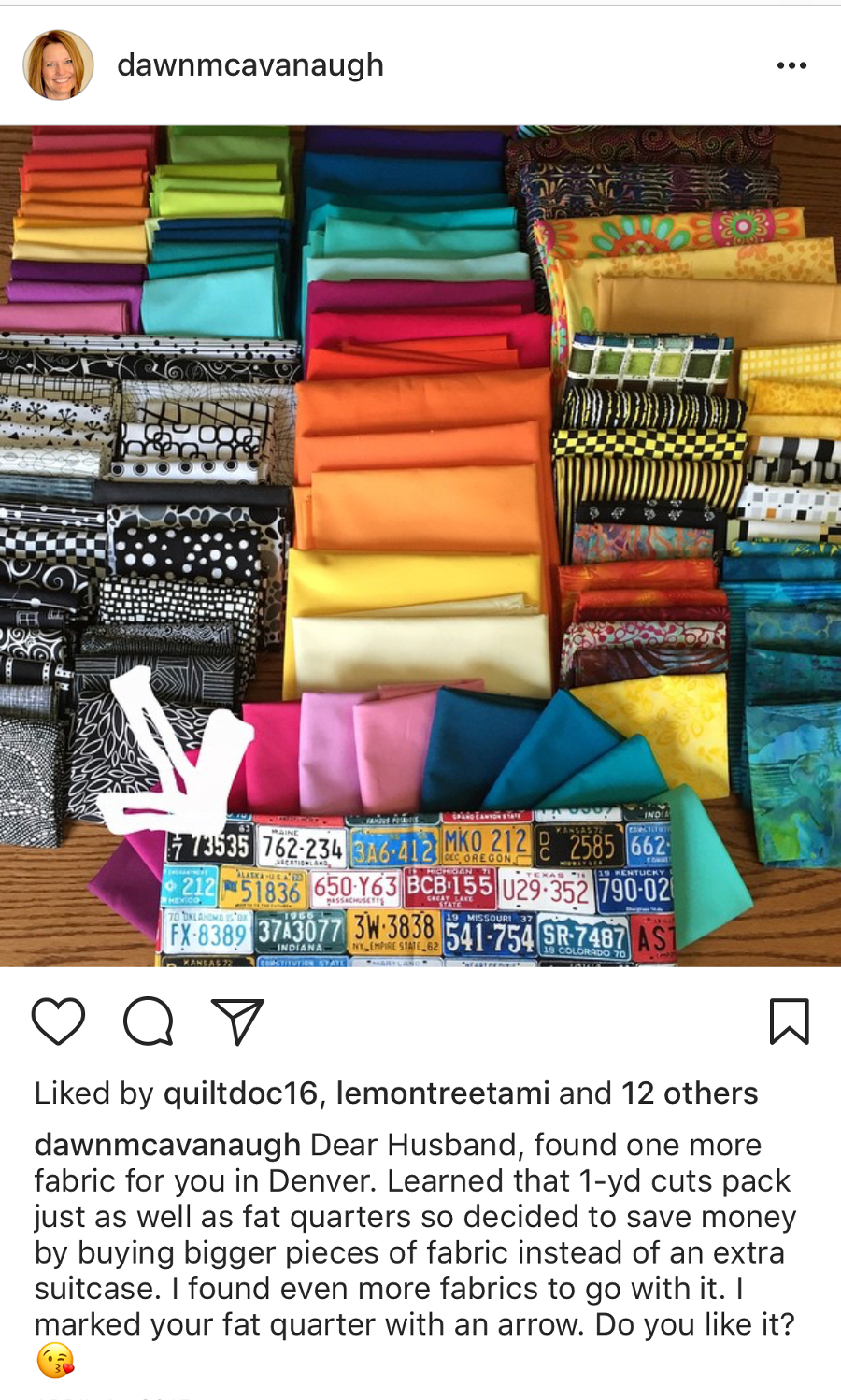
Before the Internet allowed us to shop in our pajamas, our local quilt shop, quilting books and local guilds were our inspiration sources. Now a mouse click or a finger tap on an app takes us anywhere in the world!
Quilting blogs and YouTube videos expand our world beyond our hometown guild meeting and introduce us to people and techniques that would never have crossed our path in the local library.
Have you introduced a young person to your quilting hobby? You don’t need to be an expert quilter to mentor a newbie. All you need is a little extra fabric (yeah, like you don’t have any of that!), a little extra time, and a little patience. Let your young grasshopper choose fabrics from your stash and start with a simple project like a baby quilt. Their age will dictate how much of the process you can safely share (rotary cutters are for adults only). However, even very young children can learn to piece on a sewing machine and even quilt on a longarm.
Help them achieve piecing success and a true ¼-inch seam allowance by using a ¼-inch piecing foot. The flange on the edge of the foot helps keep the fabric layers from sliding as you sew.
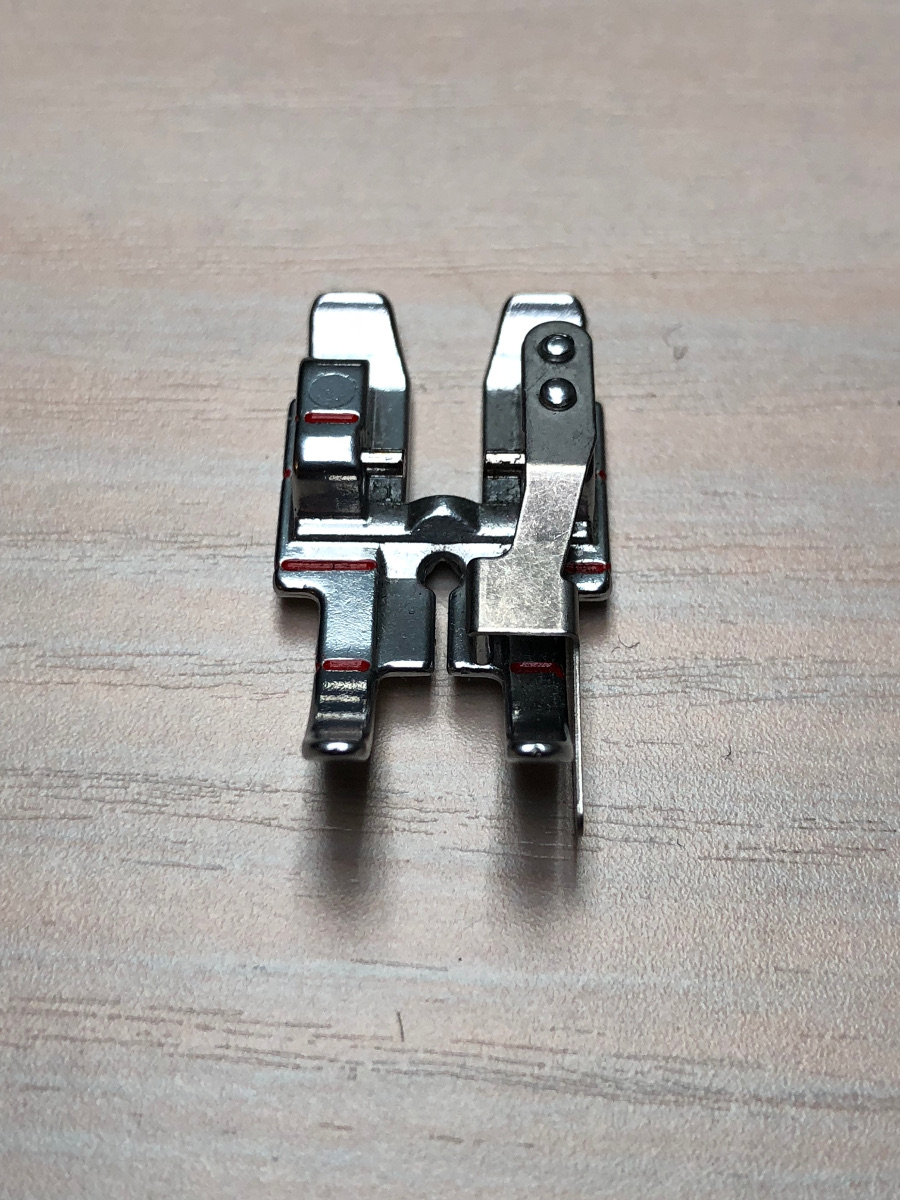
If you don’t have one, place a seam guide on the sewing machine as shown in the image below, or create your own from stacked layers of painter’s tape. Trim away the section around your presser foot and feed dogs, and then place the tape across the throat so that the edge is ¼-inch away from the needle.
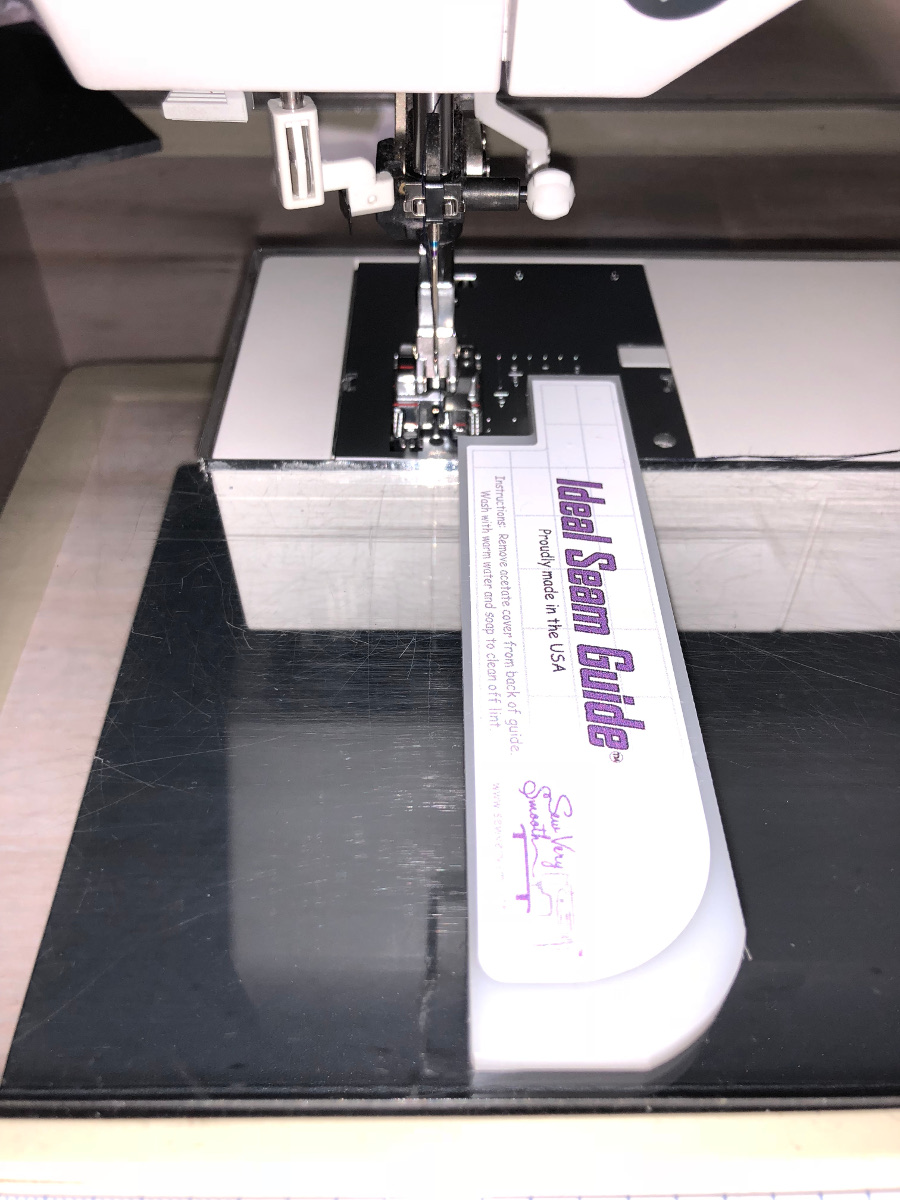
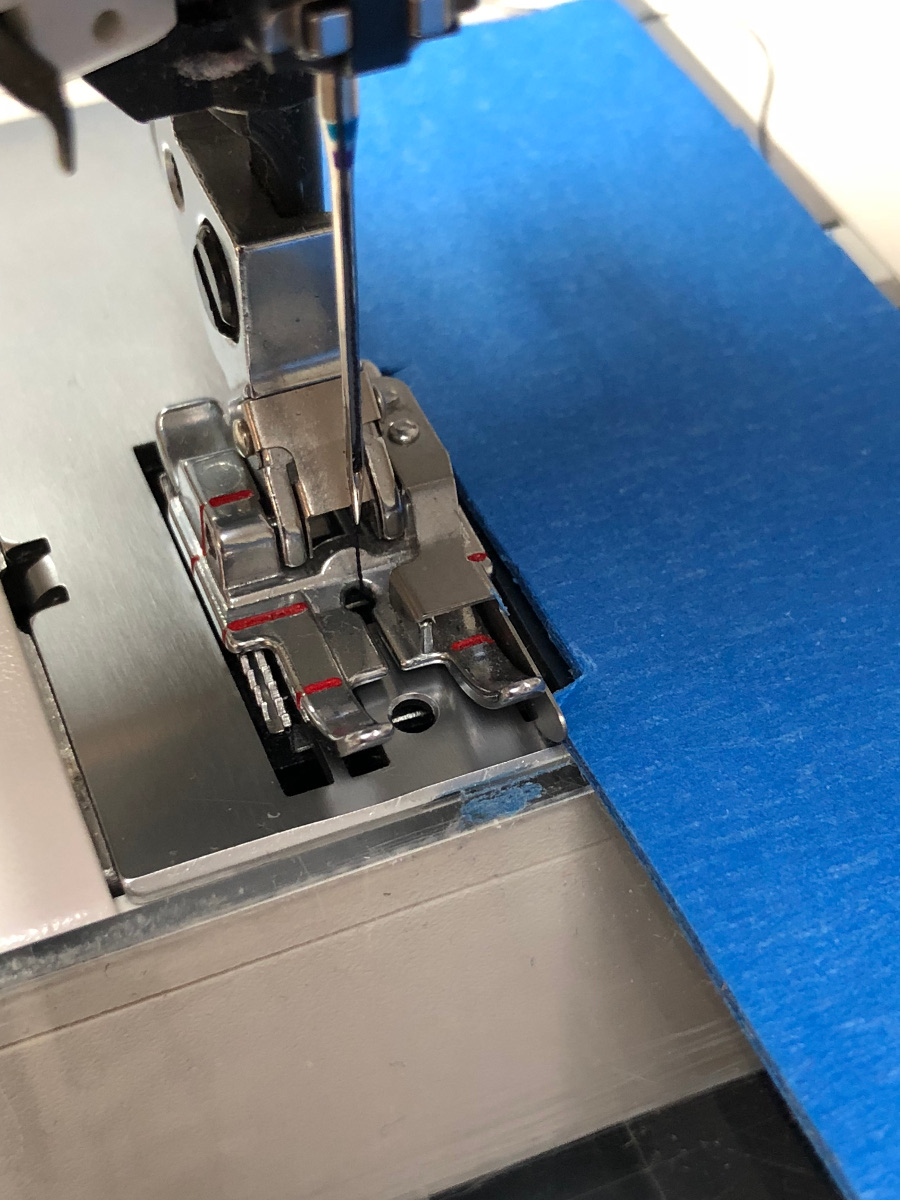
Don’t stop your lesson when the piecing is finished! Quilting the quilt can be just as much fun. Hand quilting is gorgeous, but it won’t keep their attention long. Machine quilting speeds up the process. Small projects may be manageable on a home sewing machine, but a new quilter can quickly become frustrated trying to master moving the fabric under a stationary needle. Quilting with a midarm or longarm seems more natural as the needle moves across the fabric, like writing with a pencil.
If you don’t own a longarm quilting machine, look for a longarm rental studio in your area where you can complete the quilt together. Pantograph patterns let your newbie simply trace the design using a laser while the quilting machine stitches it on the quilt.
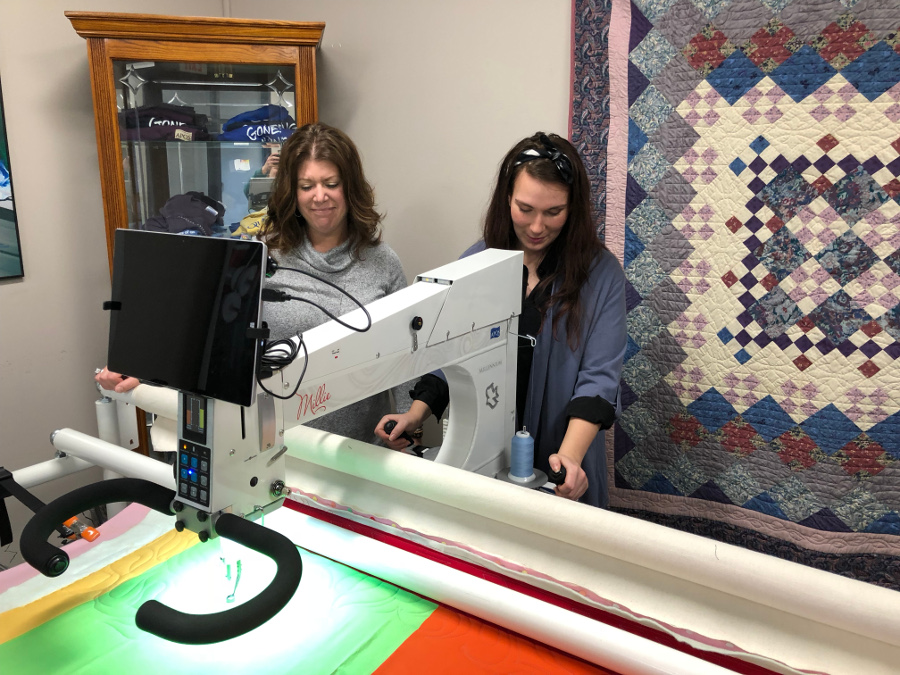
Even if they wander far off the line, the forgiving nature of many designs will make them look like they’ve been quilting for years! And after a lesson on binding the quilt, you’ll have brought another quilter into the fold, helping secure the future of quilting for generations to come!



